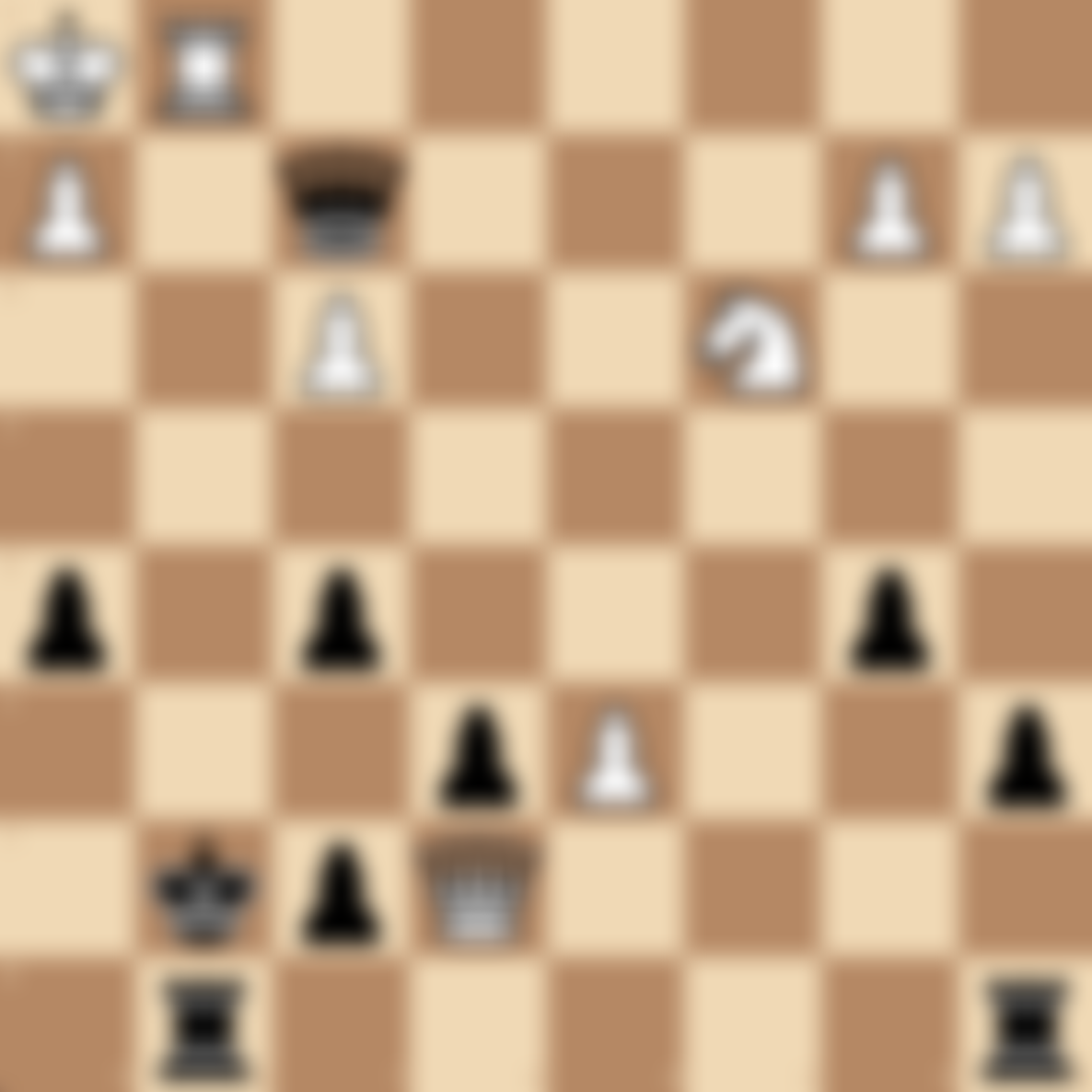Two Bishops Checkmate in Chess: Mastering the Endgame
Introduction
The Two Bishops Checkmate is a fundamental endgame technique in chess. At chesspuzzles.io, we've compiled this comprehensive guide to help you understand, recognize, and execute this important mating pattern, enhancing your endgame skills and overall chess strategy.
What is the Two Bishops Checkmate?
The Two Bishops Checkmate is a checkmate pattern where two bishops, supported by their king, force the enemy king to the edge of the board and deliver checkmate. This endgame scenario typically occurs when one side has two bishops and a king, while the other side has only a king.
Importance of Understanding the Two Bishops Checkmate
Mastering this checkmate is crucial for several reasons:
- Endgame proficiency: It's a fundamental endgame technique that every chess player should know.
- Strategic decision-making: Understanding this endgame influences middlegame decisions about piece trades.
- Tactical awareness: The process of achieving this mate improves overall board vision and coordination.
- Practical winning technique: While rare, knowing how to execute this mate can save crucial points in tournament play.
- Foundation for complex endgames: The principles learned here apply to more complex endgame scenarios.
Key Concepts in the Two Bishops Checkmate
- Coordination: The two bishops must work together to control both dark and light squares.
- King activity: The attacking king plays a crucial role in supporting the bishops and restricting the enemy king.
- Stair-step pattern: The bishops often move in a diagonal stair-step pattern to push the king to the edge.
- Zugzwang: The defending king is often forced into zugzwang in the final positions.
- Color complexes: Understanding how the bishops control different color complexes is crucial.
Steps to Execute the Two Bishops Checkmate
- Restrict the king's movement: Use the bishops to control key squares and limit the enemy king's options.
- Push the king to the edge: Gradually force the king towards the edge of the board, typically a corner.
- Set up the mating net: Position your bishops to control the escape squares around the enemy king.
- Bring your king forward: Use your king to support the bishops and further restrict the enemy king.
- Deliver checkmate: Place your bishops in a position where the enemy king has no legal moves.
Common Challenges and How to Overcome Them
- Stalemate tricks: Be cautious not to leave the enemy king with no legal moves unless it's checkmate.
- King breaking through: Prevent the enemy king from slipping through by maintaining proper bishop coordination.
- Fifty-move rule: Be aware of the fifty-move rule in long endgames and try to make progress consistently.
- Corner choice: Some corners are easier to checkmate in than others; aim for the corner matching your bishop's color.
Famous Games Featuring the Two Bishops Checkmate
- Alekhine vs. Eliskases, Hastings 1936
- Fischer vs. Taimanov, Candidates Match 1971, Game 4
- Karpov vs. Kasparov, World Championship Match 1984, Game 9
Practice Two Bishops Checkmate Puzzles
Enhance your ability to execute the Two Bishops Checkmate with our carefully curated collection of puzzles:
Try our Two Bishops Checkmate Puzzles on chesspuzzles.io now
These challenging puzzles are designed to improve your technique and understanding of positions leading to the Two Bishops Checkmate.
FAQs
Q: How common is the Two Bishops Checkmate in practical play? A: While the pure form (two bishops vs lone king) is rare in practical play, the principles learned from this endgame apply to many more complex endgame positions.
Q: Is it always a win if you have two bishops against a lone king? A: In theory, yes, but there is a 50-move rule in chess. If no pawn has been moved and no piece has been captured in the last 50 moves, the game can be declared a draw.
Q: Can this checkmate be achieved with two bishops of the same color? A: No, it's impossible to checkmate with two bishops of the same color. You need bishops of opposite colors to control all squares.
Q: How long does it typically take to execute this checkmate? A: With perfect play, it can be achieved in about 19 moves from the most difficult starting position. However, it may take longer in practical play.
Q: Are there any similar endgames I should study alongside the Two Bishops Checkmate? A: Yes, studying the bishop and knight checkmate, as well as two knights endgame (which is typically a draw but has some winning ideas), can complement your understanding of minor piece endgames.
Master the Two Bishops Checkmate to solidify your endgame technique and deepen your chess understanding! Ready to practice? Try our Two Bishops Checkmate Puzzles on chesspuzzles.io now and learn how to coordinate your bishops for a beautiful mate!
